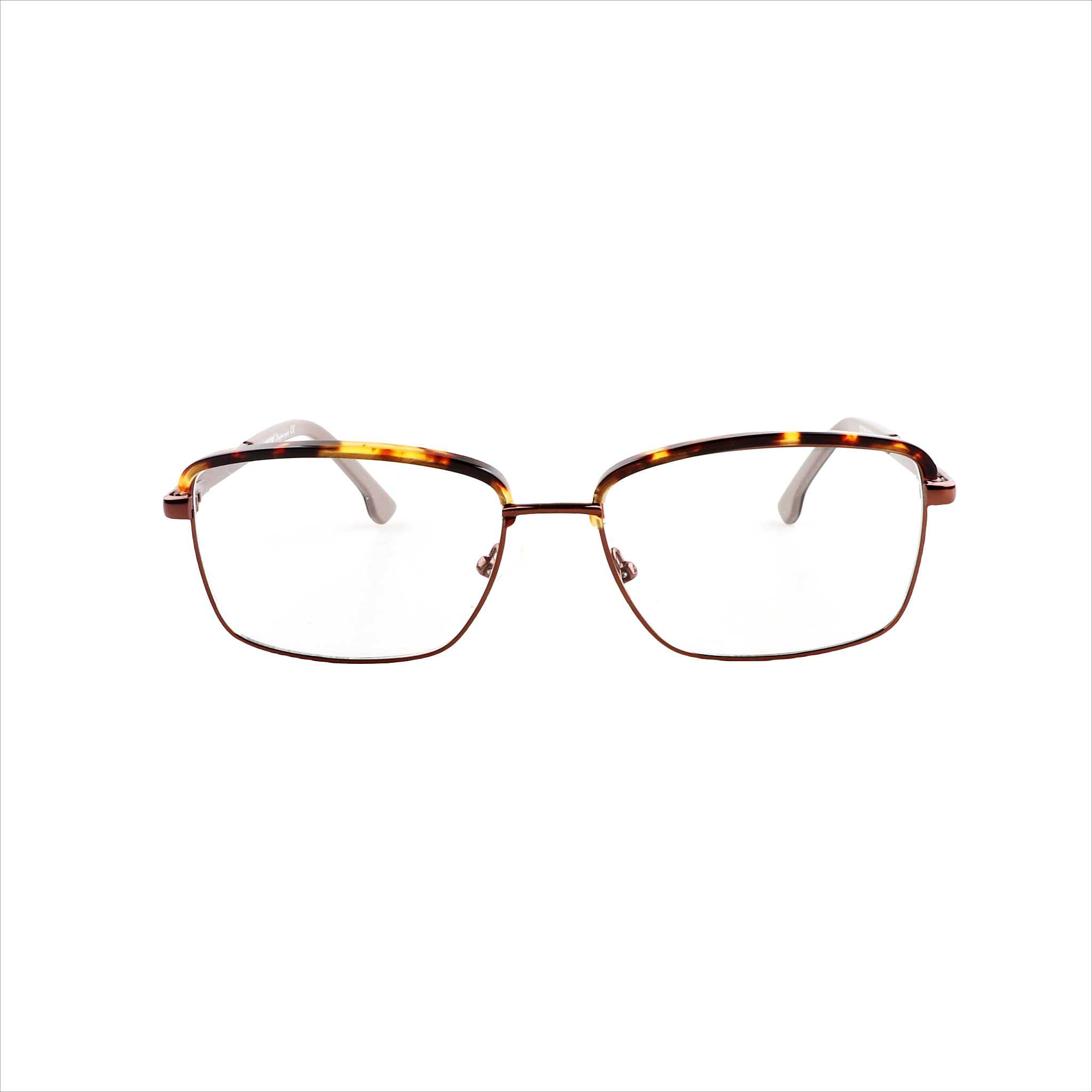Mastering PD Measurements for Precise and Comfortable Eyeglass Fit
Accurate Pupillary Distance (PD) measurements ensure optimal comfort and visual clarity by aligning the optical center of your lenses with your eyes. Download our PD ruler to help you measure your PD at home.
Click here to download the PD ruler.
What is Pupillary Distance (PD)?

Pupillary Distance (PD) is the measurement between the centers of your pupils. This measurement ensures the optical centers of your lenses align properly with your eyes, optimizing both comfort and visual clarity.
- Average Adult PD: 54–74 mm
- Average Child PD: 43–58 mm
Your PD is typically provided by your eye care professional, but if it’s missing from your prescription, you can measure it yourself with our PD ruler.
How to Measure Your PD with a Friend
- Use the PD ruler side labeled “Using a Friend.”
- Sit down, look at an object 10–20 feet away to keep your eyes steady.
- Have your friend place the PD ruler against your forehead.
- Align the “0” mark with the center of your right pupil.
- The number aligned with the center of your left pupil is your PD.
Tip: It may help if your friend closes one eye to improve accuracy.
How to Measure PD by Yourself
- Fold the PD ruler to the side labeled “Using a Mirror.”
- Stand about 8 inches away from a mirror.
- Hold the ruler horizontally over your eyes, aligning the “0” mark with your left pupil.
- Close your left eye, and note the number directly above your right pupil. This number is your PD.
- Repeat a few times and average the results if necessary for accuracy.
How to Calculate Near PD for Reading Glasses
- Subtract 3 mm from your distance PD to get your Near PD.
- Example: If your distance PD is 63 mm, your near PD would be 60 mm.
- For Dual PD (separate measurements for each eye), subtract 1.5 mm from each eye’s PD measurement.
- Example: If your Dual PD is 33/31 mm, then your near PD would be 31.5/29.5 mm.
Why PD is Important
Each prescription lens has an optical center, which must align with your pupils for optimal vision. Incorrect PD can result in eye strain, headaches, and blurred vision.
Single PD vs. Dual PD
- Single PD: The measurement between the center of one pupil to the other.
- Dual PD: The distance from each pupil to the center of your nose. The first number represents the right eye, and the second number the left.
Tips When a Friend is Measuring
- Position: Have them sit or crouch so they are out of your field of vision.
- Focus: Look at an object about 10–20 feet away to keep your gaze steady, rather than at the person measuring.
Frequently Asked Questions (FAQs)
Q: Is my PD written on my glasses?
A: No, PD is not typically written on glasses. It’s usually included on your vision prescription.
Q: How accurate does my PD need to be?
A: PD should be as accurate as possible. Incorrect measurements can lead to discomfort, headaches, and blurred vision.
Q: Where can I find my PD on my prescription?
A: Look for it in the 'PD' or 'pupillary distance' section of your prescription.
Q: Will incorrect PD affect the size of frames?
A: No, PD doesn’t affect frame size; it only influences lens alignment.
Q: Does PD change over time?
A: PD remains stable after maturity, changing only slightly, if at all.
Q: Is PD necessary for single-vision lenses?
A: Yes, PD is essential for all prescription lenses to ensure correct alignment.
Q: Can I adjust my glasses if PD seems off?
A: It’s best to consult an optical professional for adjustments rather than attempting it yourself.
Now That You Know Your PD
It's time to find and order your new favorite pair of Lenzo eyeglasses for a perfectly aligned, comfortable fit!











